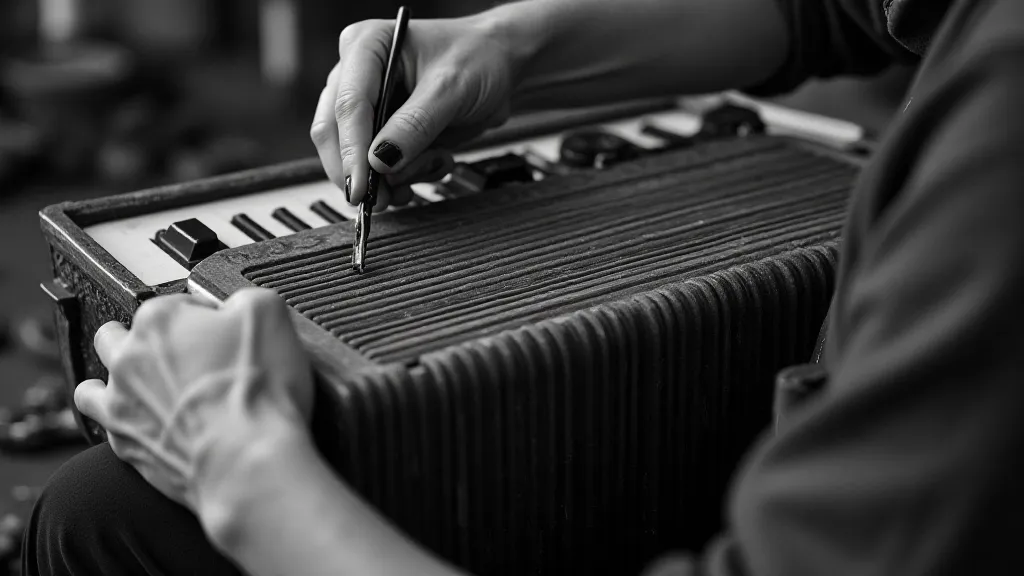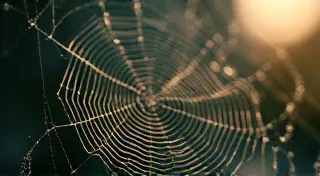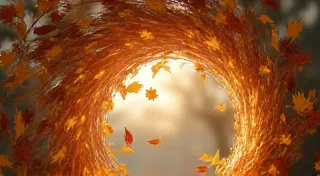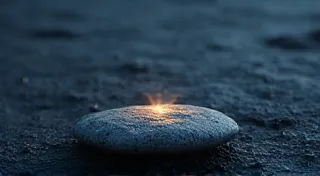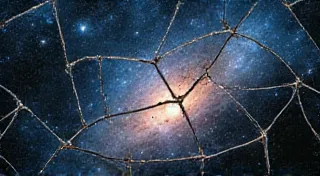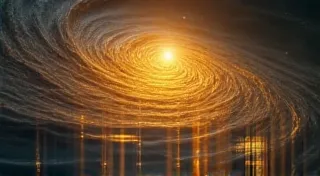Dust and Diamond: Unveiling the Aesthetic of Light Pollution
There's a peculiar comfort in imperfection. Think of a well-worn leather armchair, the cracks and creases telling a silent story of countless evenings spent lost in thought. Or consider the patina on an antique accordion, its bellows subtly stained, its keys bearing the ghosts of melodies past. These aren't flaws to be eradicated, but rather the very essence of their beauty, a testament to time, use, and the enduring spirit of craftsmanship. The same, I've discovered, can be true of astrophotography. For years, I chased the elusive promise of pristine, dark skies, battling light pollution as a problem to be solved. Now, I'm learning to see it differently – to appreciate the unexpected textures and patterns it reveals, transforming what was once a frustrating obstacle into an artistic canvas.
My journey into astrophotography started, as many do, with a naive dream of capturing the Milky Way in all its glory. I had a modest setup: a basic DSLR, a tripod, and a healthy dose of optimism. The initial results were disheartening. A sickly orange glow dominated the sky, washing out the stars. "Light pollution," the internet informed me, was the enemy. I scoured maps, desperately seeking out the darkest locations within a reasonable driving distance. Each excursion felt like a competition, a race against the artificial glow radiating from distant cities. I felt defeated.
It was during one of these frustrating sessions, huddled under a particularly hazy sky, that I noticed something unexpected. The light pollution, instead of simply obscuring the stars, was creating a strange, almost ethereal quality to the sky. The orange glow wasn't uniform; it was a shifting, swirling mass of color, punctuated by faint, fleeting patterns. It reminded me of old photographs of industrial landscapes – the hazy, dreamlike quality of the air, thick with coal dust and the promise of progress. A realization dawned: perhaps light pollution wasn't something to be eradicated, but something to be understood, and even embraced.
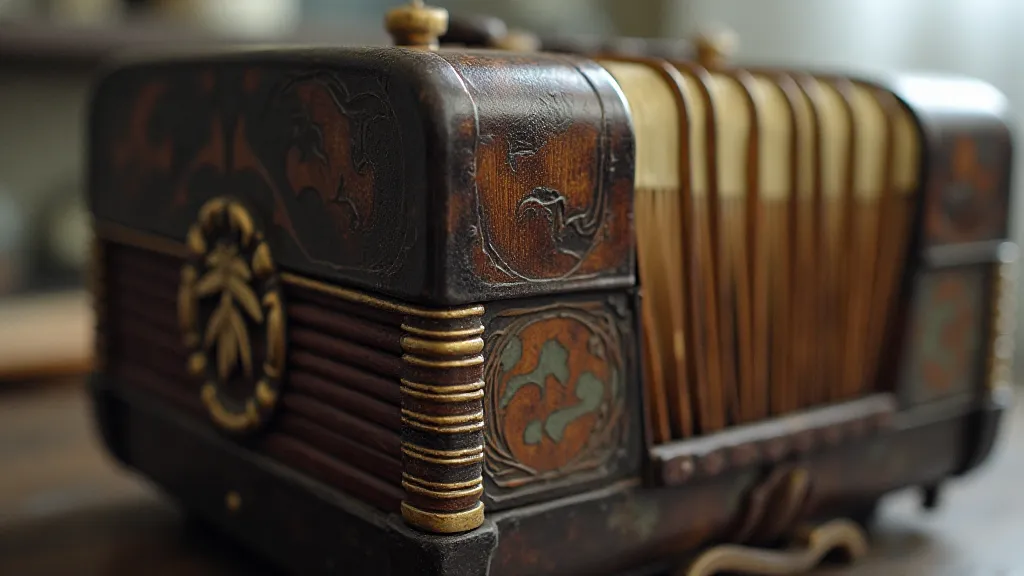
The Palette of Urban Skies
Light pollution is, essentially, scattered light. It originates from streetlights, building lights, and advertising signs, all bouncing off atmospheric particles. This scattered light isn’t always a homogenous orange. Depending on the types of lamps used, the angle of observation, and the atmospheric conditions, it can manifest in a surprising range of colors: a sickly green, a dull yellow, a hazy pink. These colors, layered together, create a palette unlike anything you’d find in a pristine dark sky. Learning to recognize and utilize these colors is the first step towards finding beauty in the urban glow.
Instead of trying to eliminate the light pollution (a near impossible task with basic equipment), I began experimenting with exposure times and ISO settings to accentuate the subtle color variations. I started using techniques like differential toning in post-processing, subtly enhancing the orange and red hues to bring out the texture of the light-polluted sky. It wasn's about creating a "realistic" representation of the night sky, but rather about crafting an aesthetic – a mood, a feeling. The results, initially crude, gradually began to reveal an unexpected beauty.
One key technique I found particularly effective was shooting long exposures – often several minutes – to smooth out the sky and bring out the subtle color gradients. The longer the exposure, the more the scattered light blends together, creating a sense of depth and atmosphere. It’s a process akin to the traditional darkroom techniques used by photographers of yesteryear – manipulating exposure and development to evoke a specific emotion.
Embracing the Texture
Beyond the colors, light pollution also creates interesting textures in the sky. The scattering of light creates a granular appearance, a subtle "noise" that can be surprisingly appealing. It's a far cry from the sharp, crystalline clarity of a truly dark sky, but it possesses a unique character of its own.
I began to appreciate how this texture could be used to create a sense of depth and atmosphere. By strategically stacking multiple exposures, I could reduce noise while retaining the subtle granular appearance. This technique, again, felt connected to the artistry of older photographic processes – the careful layering of plates to create a richer, more complex image. The imperfections – the slight misalignments, the subtle variations in density – became part of the aesthetic, contributing to the overall feeling of authenticity.
Consider the historical context: much of the most iconic photography of the early 20th century – the images of industrial landscapes, the portraits of working-class families – was often shot under conditions that would be considered “poor” by today’s standards. The harsh lighting, the grainy film, the imperfect focus – these weren’t flaws to be avoided, but rather elements that contributed to the raw, honest quality of the images. The same principle applies to astrophotography under light-polluted skies. It’s about finding beauty in the unexpected, in the imperfections, in the textures that are born from the challenges of the environment.

Beyond Technical Solutions: A Shift in Perspective
Ultimately, the most valuable lesson I’s learned is that astrophotography under light-polluted skies is less about technical prowess and more about perspective. It’s about shifting your mindset from trying to overcome a problem to embracing a challenge. It’s about finding beauty in the unexpected, in the textures and patterns that are born from the artificial glow.
It’s also about appreciating the craftsmanship that went into older photographic equipment. Antique accordions, like antique cameras, represent a time when objects were built to last, when attention to detail was paramount. There’s a certain satisfaction in using these older tools to create images that reflect the spirit of that era – images that are both technically imperfect and aesthetically compelling.
I still dream of capturing the Milky Way in all its pristine glory, but I no longer see light pollution as an insurmountable obstacle. Instead, I see it as a unique artistic canvas – a challenging but rewarding environment for exploration and creativity. And in the subtle textures and unexpected colors of the urban glow, I’ve found a beauty that I never would have discovered had I simply tried to eliminate it.
